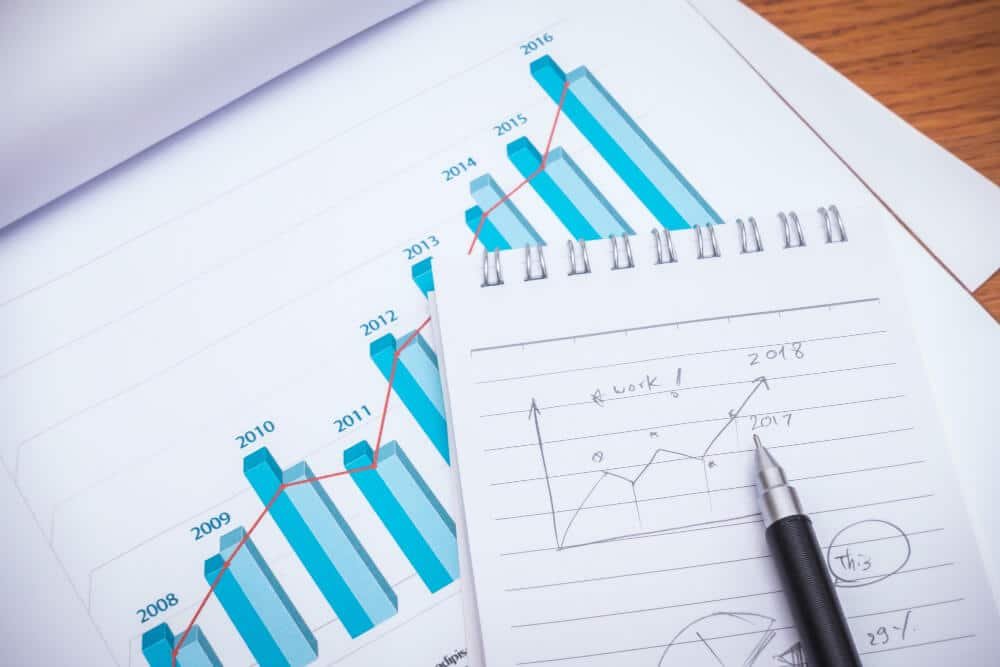As is known, a company generates a balance sheet at the end of a financial year in order to gain a clear acknowledgement of their financial state at the end of the specified time.
In general terms, a balance sheet, as the name suggests, contains within itself a track of a company’s ‘to give’ and ‘to take’ accounts at the end of a financial year. By ‘to give’ and ‘to take’, we mean the shareholders’ equity and company’s assets at the end of the specified time. In crude terms, it is a financial statement issued by a company at the end of a certain time interval, which consists of that company’s assets, its liabilities and the shareholders’ equity within that time interval.
Although many terms mentioned in a financial statement vary with the nature of company, the services it provides…yet there are some general terms you will need to gain acquaintance with in order to understand the whole concept of this financial statement which connects the above mentioned terms in a basic formula, i.e., assets equals the sum of liabilities and shareholders’ equity for any business association.
There are three main terms under which various subheads fall.
1.) Assets
Assets of a company include all the products and services owned by the company. The assets section constitutes the list of accounts in the descending order of their liquidity, i.e., the amount of ease with which the corresponding account can be converted into cash. Assets are further categorised into two main sub types, namely- current assets and non-current assets.
Of the two sub types, current assets are the ones which can be converted into cash within a time period of one year or less than that, while non-current ones are those that cannot undergo the respective conversion within that time period, which is why they are also termed as long term assets.
 Current assets generally comprise following accounts:-
- Cash and its equivalents- Looking at the aspect of liquidity, these accounts stand on the top of the list and include hard currency, short term certificates, treasury bills, etc.
- Marketable securities- This section includes debt securities and equity which are highly liquid as well.
- Accounts receivable- The money which customers owe the company come under these accounts. This money is probably the allowance for doubtful accounts as is the case with contra accounts, which are the doubtful customers that can be expected not to pay.
Long term assets or non-current assets is a more general term for the following accounts :-
- Long term investments- Securities that cannot be liquidated or converted into cash within a period of one year or less are instances of long term investments.
- Fixed assets– They include properties owned by the company such as land, equipments, machinery and all other assets with long durability. These are generally capital intensive.
- Intangible assets- Intangible means ‘that which cannot be touched’. As the name indicates, intangible assets are the ones constituting of non-material or abstract assets such as intellect, and are equally valuable as any other asset to the company. Thus, they are mentioned in financial statements if acquired over time.
2.) Liabilities
Under liabilities fall the money that company owes to other parties, such as bills it has to pay and the interest on bonds it has issued to creditors as well as utilities, salaries etc. Like assets, liabilities are of two subtypes as well- current and long term liabilities.
Current liabilities, as an understood term it must be from the above corresponding definition in assets, are the liabilities that are due within a year. They constitute rents, taxes, bank indebtedness, current portion of long term debt, salaries and dividends payable by the company, customer prepayments, etc.
Long term liabilities, on the other hand, are the ones that are due at any time after the passage of one year.
- Long term debts- The term confers to the interest and principal sum on issued bonds.
- Deferred tax liability- Taxes that are implied but won’t be paid within a year’s time come under deferred tax liabilities.
 There are yet some other liabilities which do not appear on any financial statements, i.e., they are off-balance sheets.
3.) Shareholders’ equity
Under this segment comes the money or assets owned by shareholders. Also known as net assets, it is equal to the difference of total assets of the company and its liabilities.
Shareholders’ equity is important in the respect that it is a representative of the net worth of a company and tells the overall financial status of the company. Its value may be positive or negative.
A positive value of shareholders’ equity corresponds to a good financial status, i.e., it shows that company has sufficient assets to cover its liabilities. On the other hand, a negative value depicts exactly the opposite, i.e, lack of assets and excess of debts which is a bad sign.
Shareholders’ equity include treasury stocks, preferred stocks etc.
- Treasury stocks- Stocks that are kept as treasure of the company, that is, the stocks that company has never issued or has repurchased in order to use them to raise cash and thereby, tide over a hostile circumstance which may be incident in future.
Importance of such financial statements
 Such financial statements are of high importance to the company as they indicate the certain aspects such as overall worth of the company.
- They are workable in knowing the company’s financial position at the end of a financial year.
- With an acknowledgement of the financial position of the company via such financial statements, investors make a decision of whether to invest in the company or not. A company with a negative value of shareholders’ equity is generally considered a bad option to invest in.
All the above mentioned points account to the crude importance a balance sheet has to a company as they indicate the signs or symptoms that evidently decide the rise and fall of the company.


